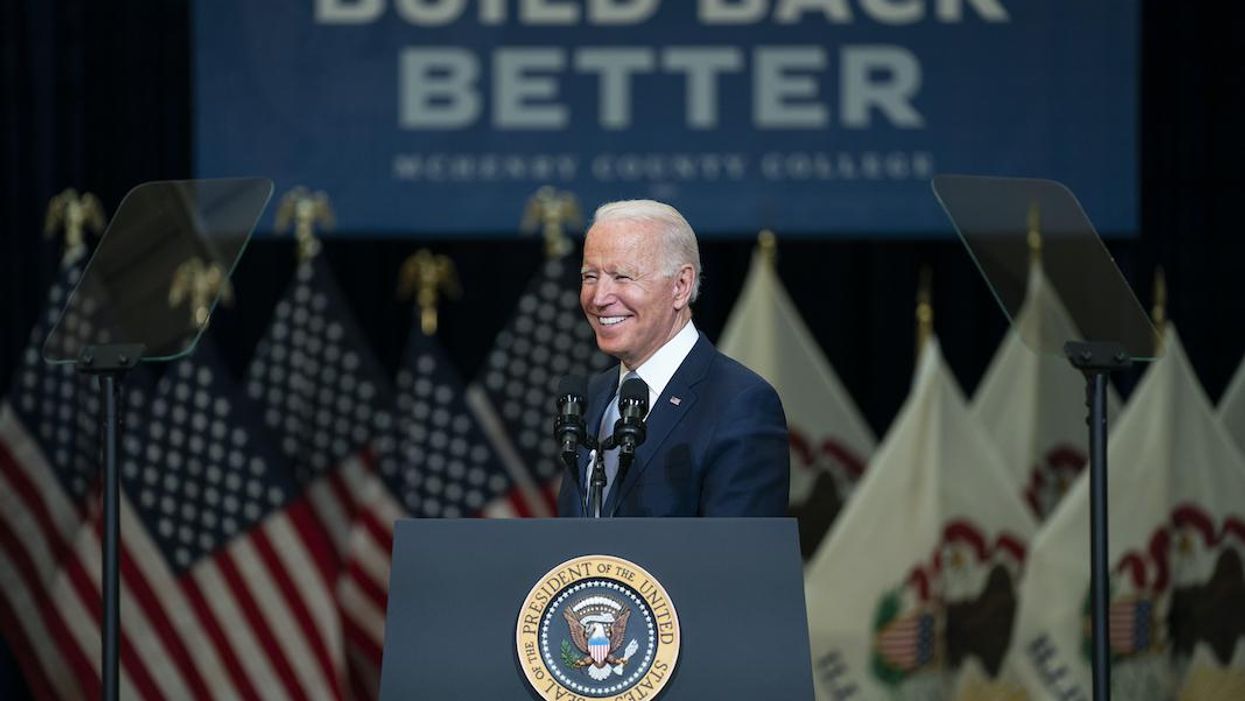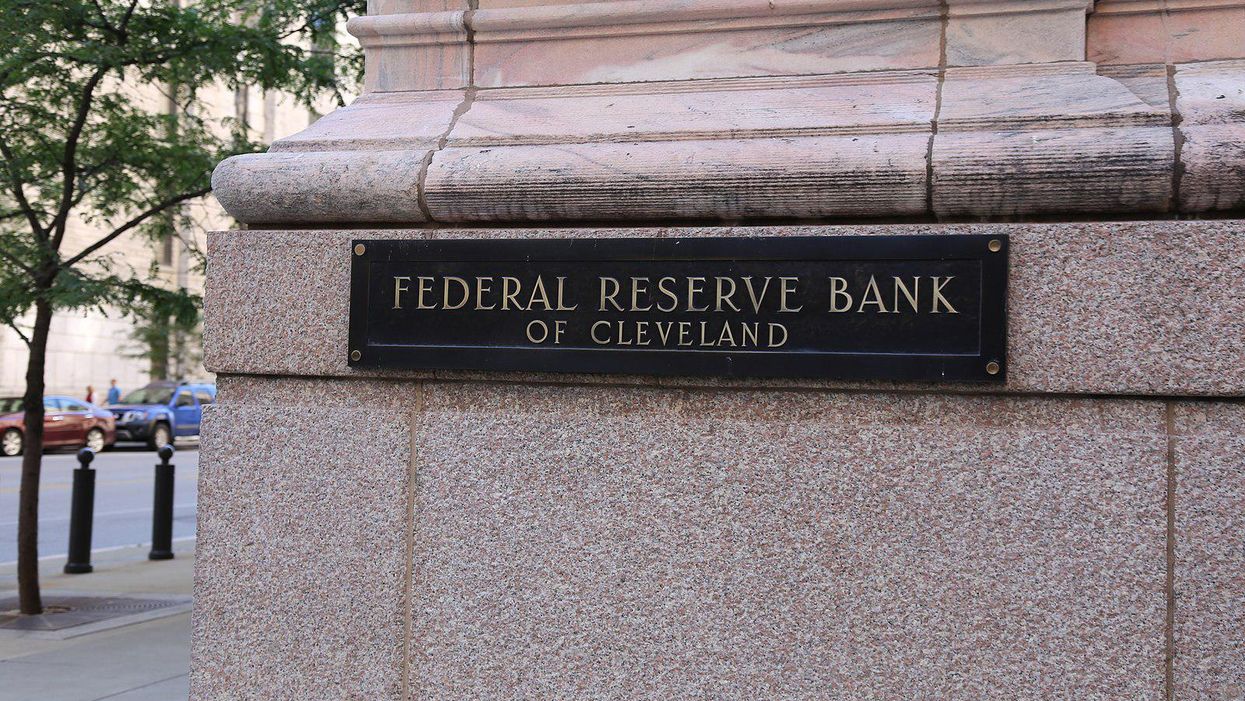The economy is not yet strong enough to cope with tighter monetary policy, but fiscal policy is what’s really missing from this recovery.
The weak employment report out today reinforces the view that the Federal Reserve should not ease up on monetary policy soon. The strength of this economic recovery is not yet clear, and the Fed is the only game in town due to sequestration of government funds.
Waiting another three or four months to tighten policy and reduce quantitative easing will not change the course of America’s destiny. But moving now, as they have done ever so slightly, could easily pull the rug out from under this modest recovery.
The sharp fall in the unemployment rate to 6.7 percent was just about entirely accounted for by people dropping out of the workforce. The employment-to-population rate is roughly at its lowest level in more than 30 years. Too many people are not working in America. For all the economic weakness in Europe, they have higher participation rates than the U.S. does.
The drumbeat of optimism emanating from most economists recently will now be muted until the next set of data. The jobs numbers are the most telling indicator of economic strength. Economists turn on a dime when they are issued, but only because they can, given the computerized models that shift modestly with every piece of economic news. They should have a stronger analytical thesis than to depend on one month’s data.
The path forward is clear. We should keep in mind that the economy is not doing badly. On average, there has been moderate job growth over the last three months, just not nearly enough to justify an end to monetary stimulus now. We should wait at least a few months to make sure this recovery and expansion is truly solid.
The good news is that the disappointing employment data will reduce pressure on the Fed as Janet Yellen takes over the reins. The bad news is that it will unleash the anti-Obama forces who blame the slow economy on Dodd-Frank’s costs to the financial community, future fears of inflation, and of course the federal budget deficit. Tune in to Fox News after the employment data release and you’ll find them saying “Obama did it.”
Larry Summers offers the best advice: we have to turn on the fiscal jets. The first words out of anyone’s mouth about the economy should be that sequestration did it. Fiscal de-stimulus was huge in 2013. Government spending fell sharply. The deficit is no longer an issue, given unemployment around the current level.
Summers is being criticized by economists and commentators from across the political spectrum for claiming the nation may be in a period of secular stagnation. Summers noted that the economy was disappointing even before 2007. How could that be, ask some, if the unemployment rate got down to roughly 4.5 percent?
John Taylor of Stanford is especially vociferous about how good the economy was under George W. Bush. Of course, he worked for Bush. But even apart from that, it is hard to take his claims seriously.
Three points here. The labor participation rate under Bush never rose to the heights it reached in the second half of the 1990s. Had it done so, the unemployment rate would likely have been around 5.5 percent.
Second, wages rose very slowly. The low unemployment rate—to the extent that it fell—had a lot to do with slow-rising wages. And the wage share of GDP fell significantly, to levels well below what they were in the 1990s. The rise in consumption to support growth was based on borrowing, as we know, not strong incomes.
Third, capital investment was weak before 2007, never even close to returning to the levels of the second half of the 1990s. The right wing loves to blame lack of business confidence on low levels of capital investment today, but how do they explain the Bush era?
So, to reiterate, Summers is right. We are wading in dangerous territory. On top of all this, there has been a confusing and disturbing downturn in productivity growth for several years—starting, again, before 2007.
We have a tool to deal with this: more government spending. But we get the opposite. Obsession with the budget has led to full-fledged austerity policies in America, as well as Europe.
There are some sweet spots in the economy. I am skeptical of fracking, but it is helping the economy now. Housing is picking up.
But any increase in interest rates without serious fiscal stimulus now is outright dangerous. The inflation fearmongers are still out in force, of course. So let me repeat this: There is no appreciable inflation right now. And one last point: More growth in output could stimulate growth in productivity as well, a well-known economic relationship known as Verdoorn’s Law.
Will America do what’s necessary? Not enough of it. But at the least it should not reverse monetary policy yet. And there may be a little political room to push Washington toward spending in 2014. If so, the nation had better take advantage of it.
Jeff Madrick is a Senior Fellow at the Roosevelt Institute and Director of the Bernard L. Schwartz Rediscovering Government Initiative.
Cross-posted From Rediscovering Government.
The Roosevelt Institute is a non-profit organization devoted to carrying forward the legacy and values of Franklin and Eleanor Roosevelt.
AFP Photo/Brendan Smialowski












